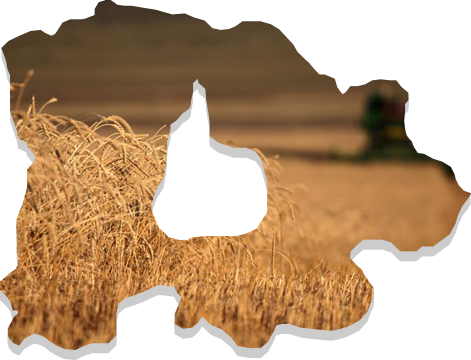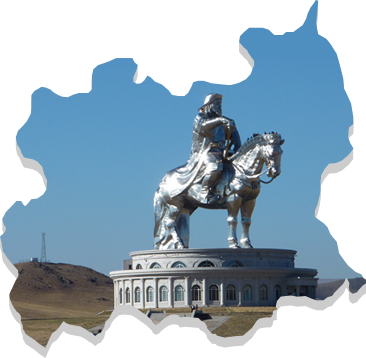By Resolution of the Consultative State Meeting on 21 June 1991, the city of Choir city was established as an integration of the Sumber and Shiveegobi Khoroos of the Dornogovi Province and the Bayantal Khoroo of Ulaanbaatar city. Subsequent to this, the Gobisumber Province was established on 6 May 1994. This Province surrounds the immediate area of Choir and is located 250 km south east of Ulaanbaatar.
The province shares borders with the Tuv Province to the north, the Khentii Province to the east and north east, the Dundgovi Province to the west and the Dornogovi Province to the west and south west. It has an area of 5,500 km2.
In meteorological terms, it experiences harsh continental weather, due to its combination of Gobi-desert and steppe environments. It is located at the altitude of 1,000-1,200 meters above sea level. Annual precipitation of Govisumber Province is higher than Gobi zone (200-250 mm in average) and has a temperature range of 370C in summer to -370C in winter. Govisumber Province is rich in mineral resources such as coal, mud for brick, mineral paint, fluoride, limestone and graphite.



